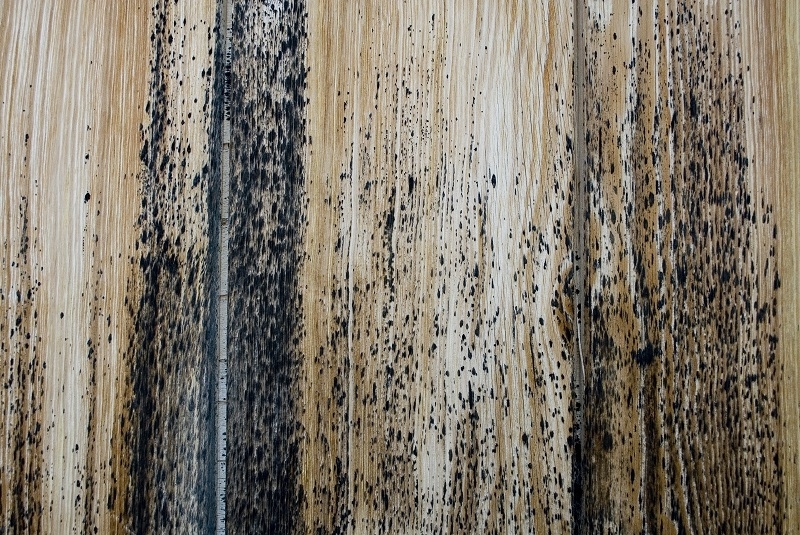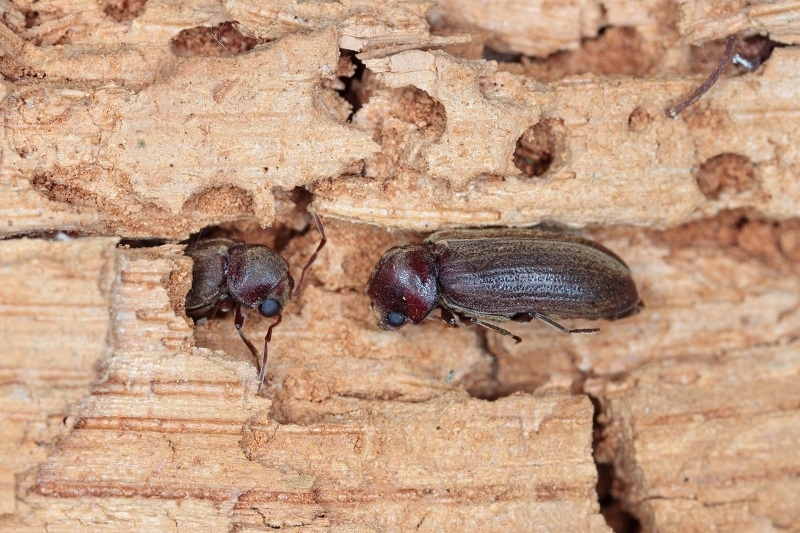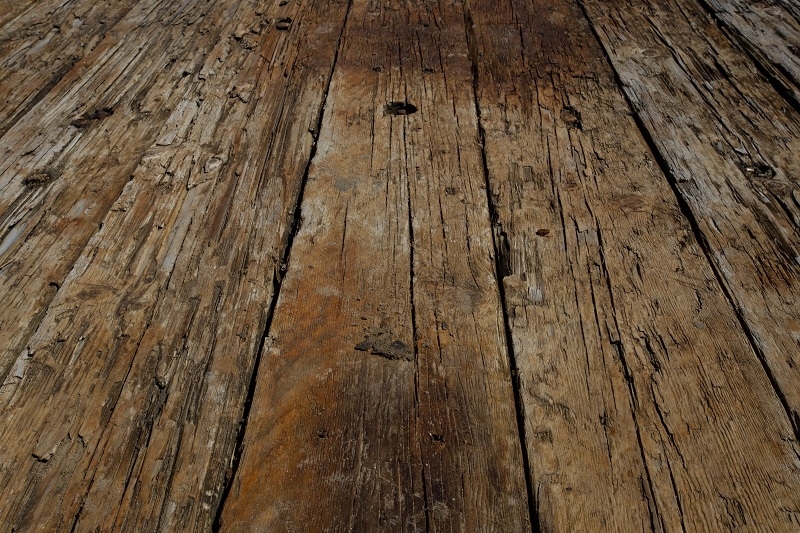How to identify wood deterioration and keep it preserved
Published: 14/07/21 By: Mike Bekin
Wood is an amazingly versatile and durable material. Being natural, it is also susceptible to deterioration in conditions where mould, algae, fungi and wood-boring insects are present. Some woods are naturally more durable and resistant to attacks from rot and other biological agents and need no chemicals or preservatives to keep them in good condition. However, by contrast, some woods are more likely to deteriorate and be attacked if left un-preserved.
When selecting timber for a particular project, it’s vital to choose one that is well matched to the location, environmental and weather conditions. Each type of timber is given a durability and use class and refers to how long it is expected to last in different conditions and suitable environments. For example, a Use Class 1 timber is only suitable for internal applications where it can be kept dry. By contrast, a Use Class 5 timber is ideal for use externally and in constant contact with the ground or water. You can read more about Use Classes and Durability here.
Taking the time to identify wood deterioration and preserve wood is far simpler and more cost-effective than the results of treating the wood after the damage has been done. Biological agents can cause, amongst other things, staining, softening and decay. In this article, we will look at some of the most common causes of wood deterioration and how to keep it preserved:
What causes wood deterioration?
Fungal Attack

Brown and White Rot: These are the most common forms of wood deterioration from fungus and include “dry rot.” The colour of the wood firstly goes darker, due to the decomposing of the cellulose. It then gets lighter and takes on a blanched appearance (hence white-rot), as the funghi then attacks the fibres of the wood. White-rot is more common in hardwoods typically used in flooring and furniture. Softwoods that are more typically used for structural applications are more prone to dry rot.
Dry Rot: Dry rot can grow and cause substantial deterioration to wood surfaces if left untreated. The Funghi feeds off the cellulose in the wood and leaves it dry and brittle. A musty, unpleasant smell can often identify it, followed by inspecting the wood for any wood deterioration or concentrated spores of rust coloured dust.
Insect and Pest attacks
Insects, too, can cause some severe damage and deterioration to wood. The pests responsible could include beetles, termites and borers.
Termites create colonies within the wood and destroy it from the inside. They can create long feeding galleries and can sometimes be found by identifying their muddy trails leading to the affected timber.
Beetles boreholes in moist wood to both feed and lay their eggs. The attack is identifiable by the holes and little piles of sawdust they leave behind. (image pls)

Preservation
These are just a couple of the main culprits that can cause wood deterioration, so how do you prevent and treat wood from an attack? The answer is to use a wood preservative. These chemicals can protect your timber structures and furnishings from the various causes of deterioration.
Preservatives are chemicals that enhance the durability of timber treated with different methods. When choosing a preservative, the following characteristics are the most important:
- High toxicity towards wood destroying organisms and not to humans or pets
- Permanence in the treated wood
- Ability to penetrate deeply into the wood
- Freedom from harmful effects on the wood itself
- Non-corrosive to metals.
- Not cause harm to the operatives and those who handle the treated wood
When used as a preventative method, wood preservatives can help prevent many of the conditions that can cause the disintegration of wood over time. Using a wood preservative protects wood from mould, algae, fungi, pests and insects, The most common causes of wood rot and decay. Wood that is naturally not durable but has been preserved and regularly treated with a top-coat and maintained can last for decades or at least much longer than timbers that have not been treated.
Images: angelaflu, Tomasz Klejdysz / Shutterstock.com
Tags: Environmental, Sustainability, Timber
Categories: Insights
